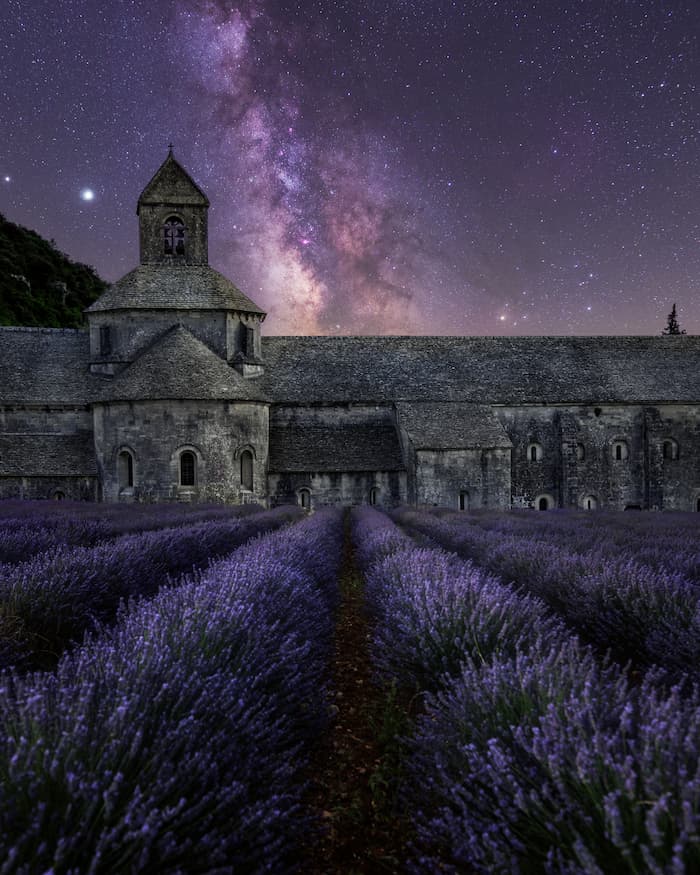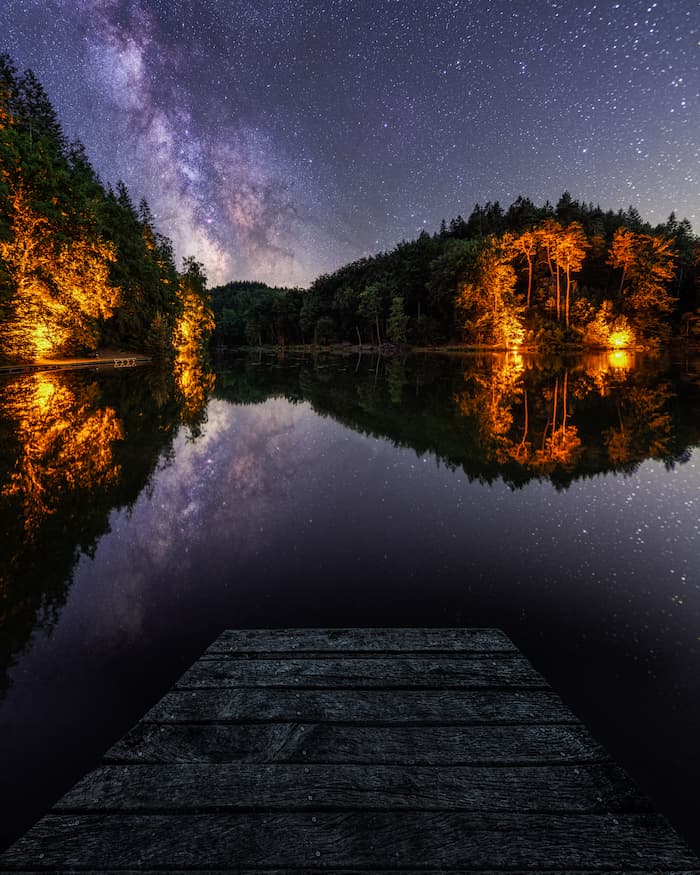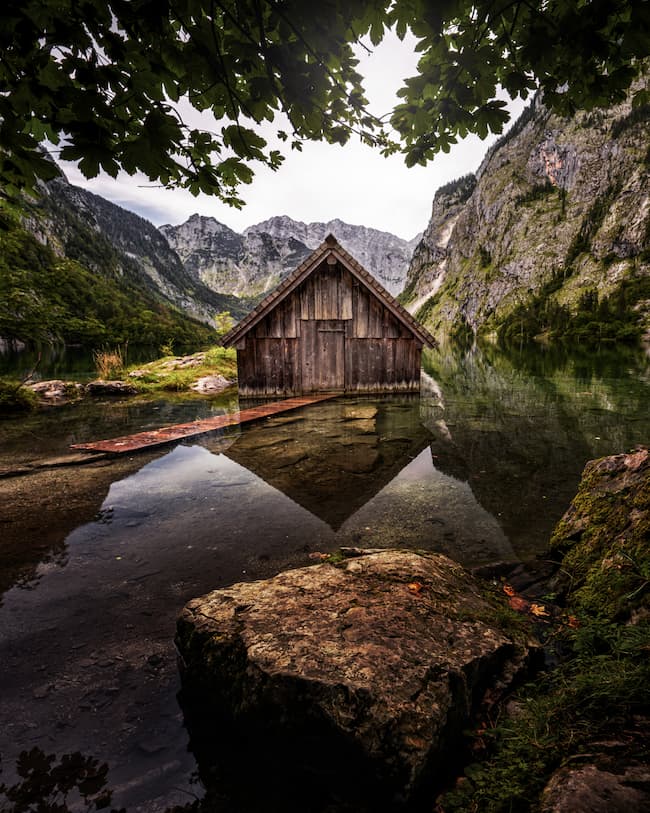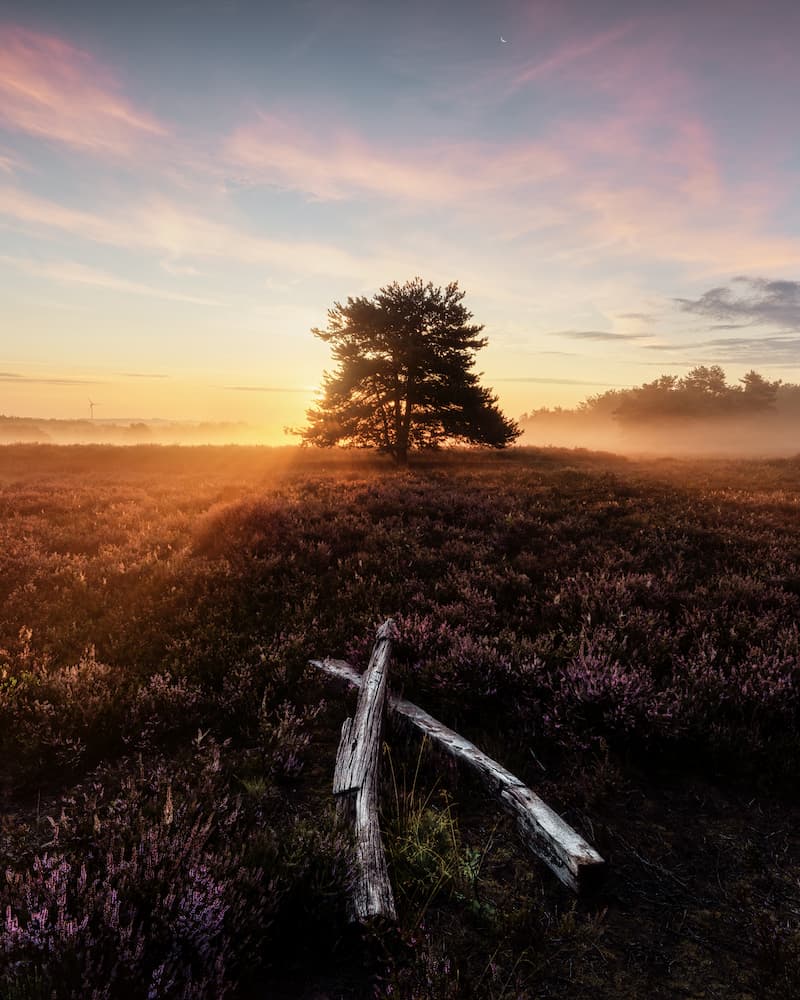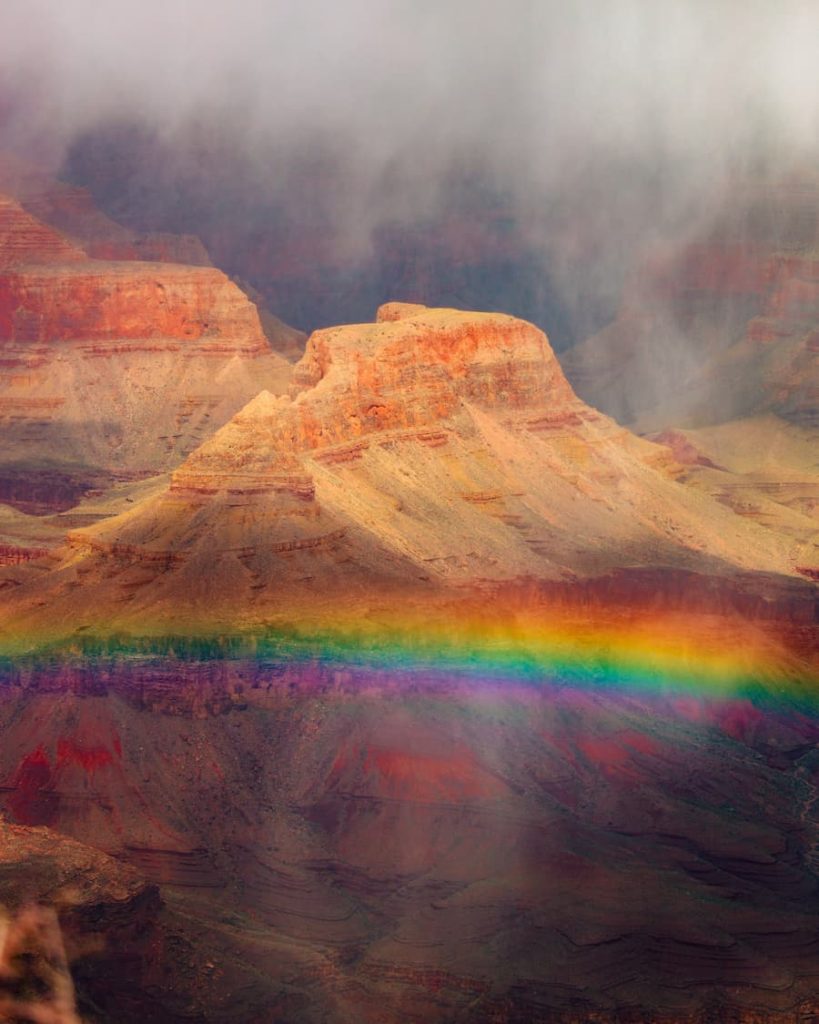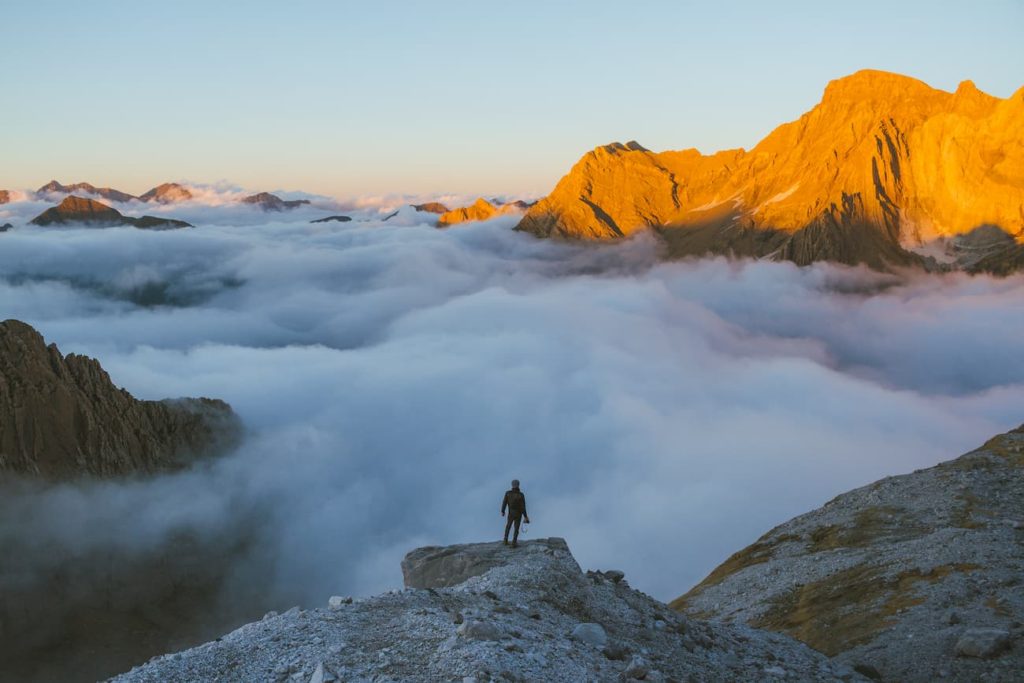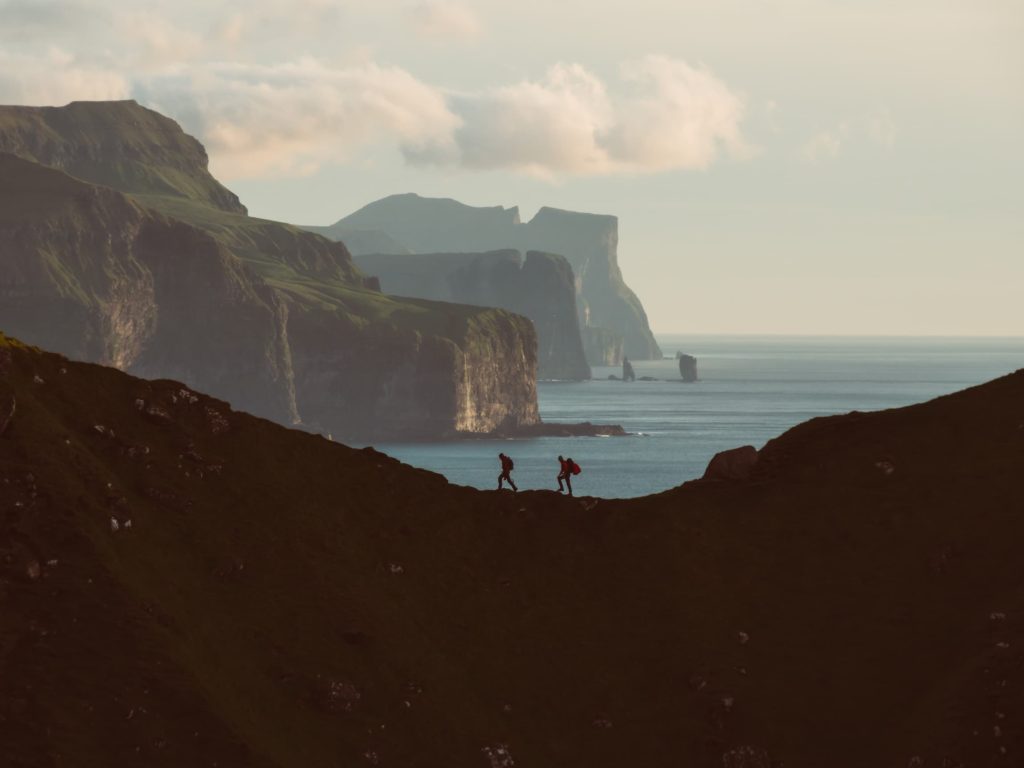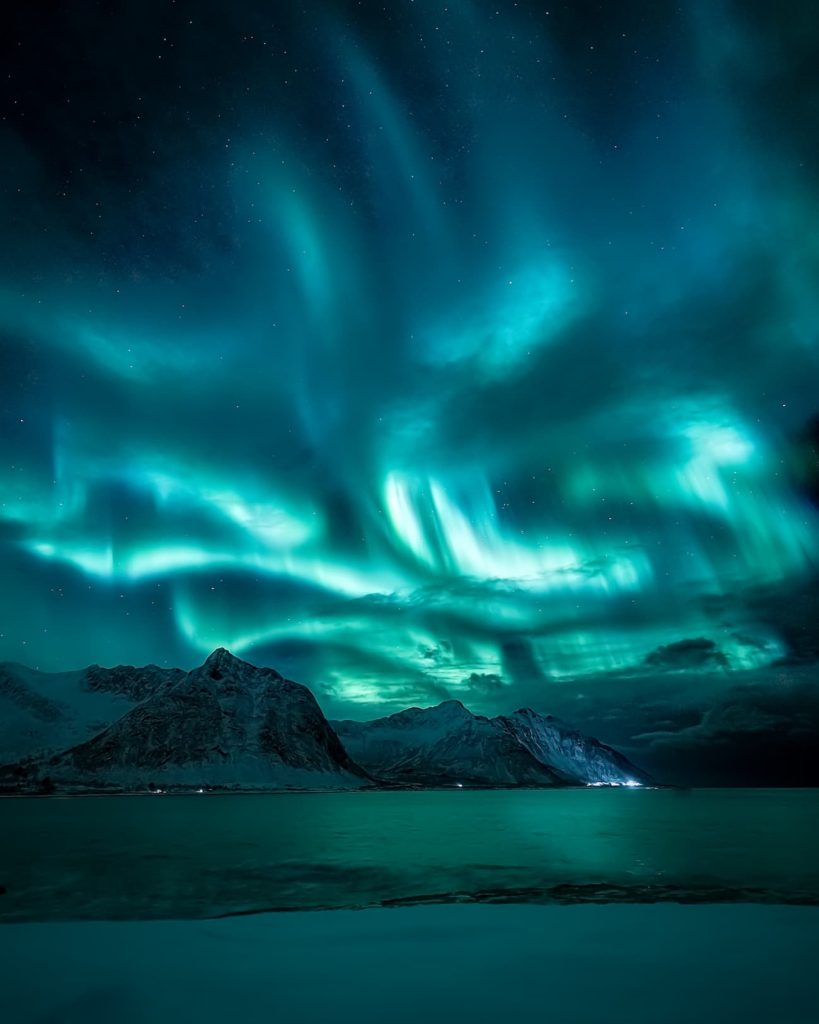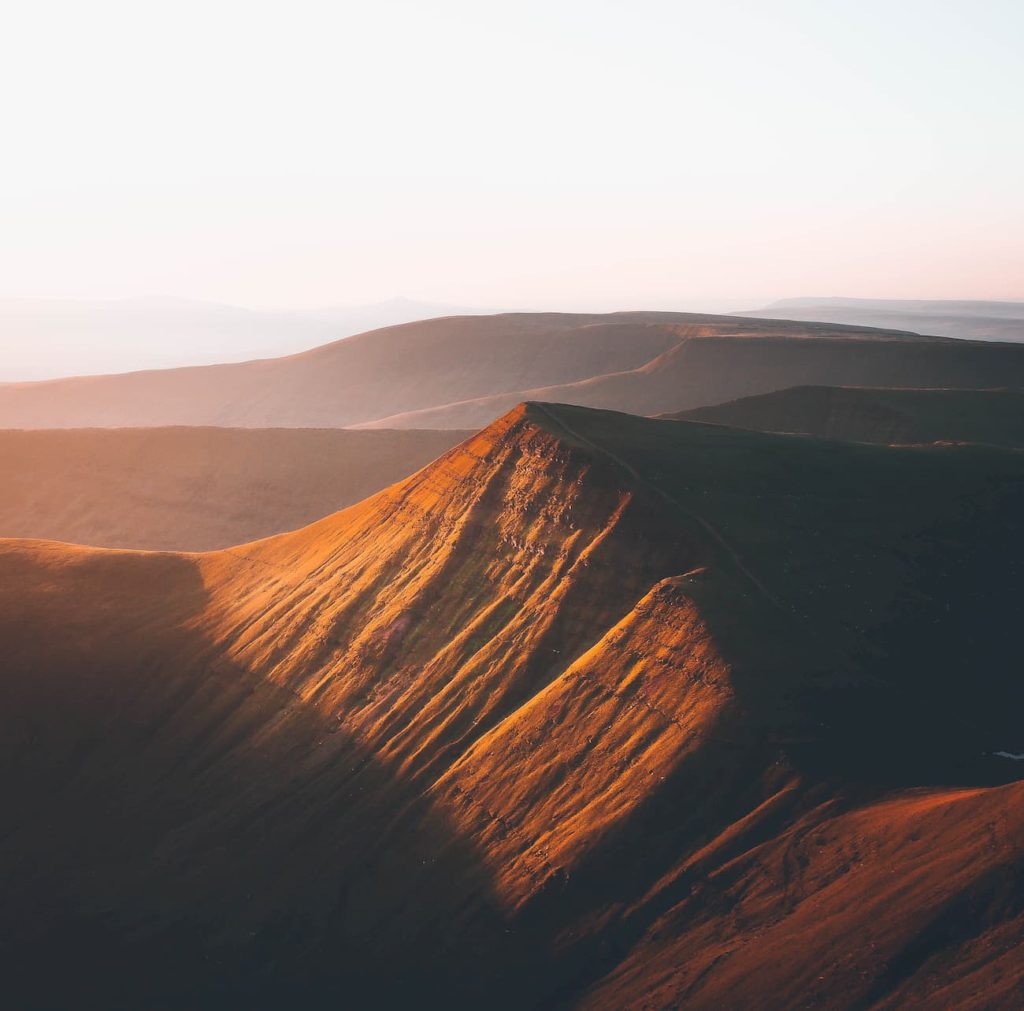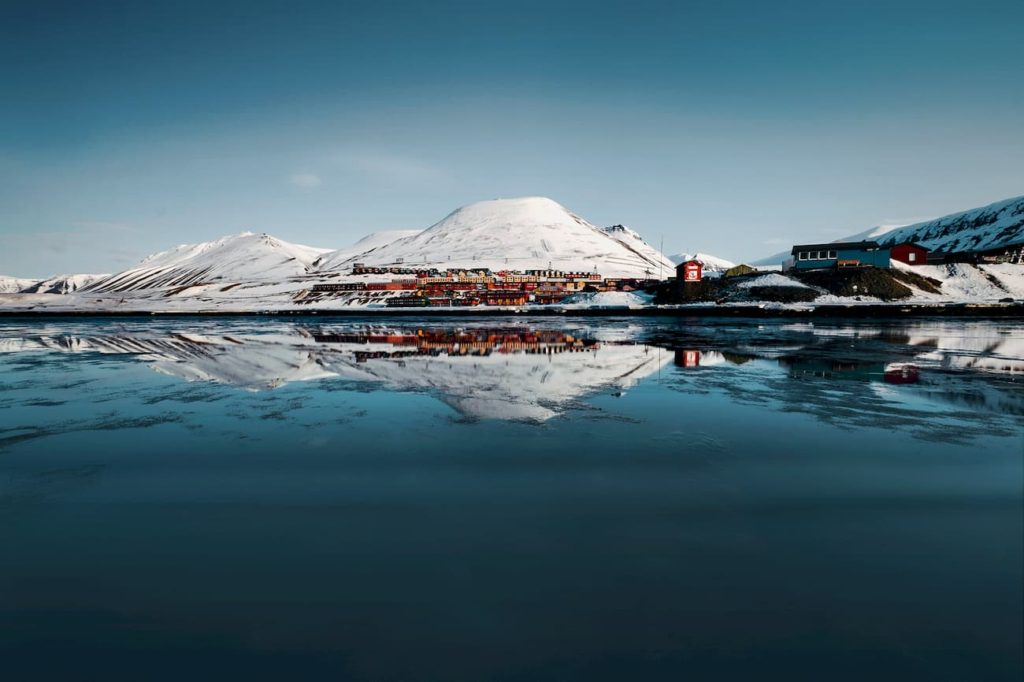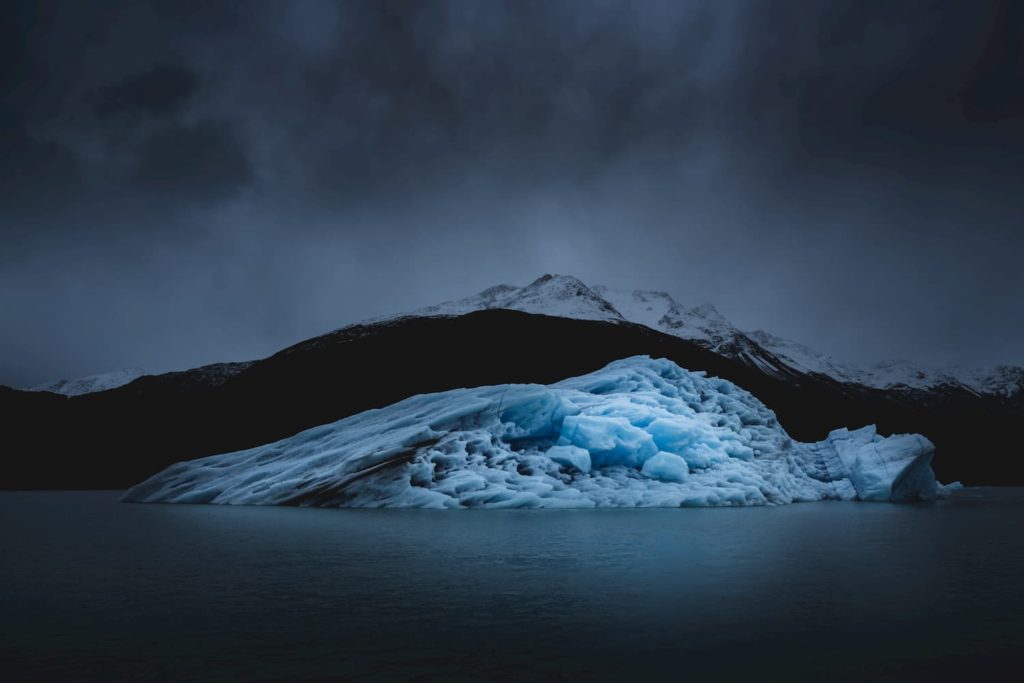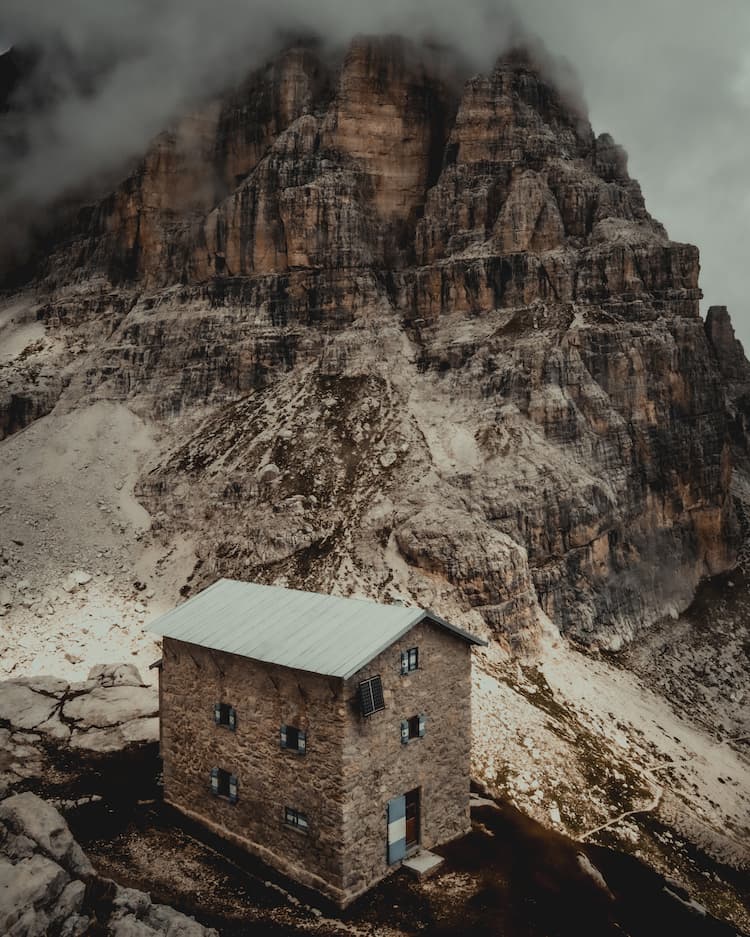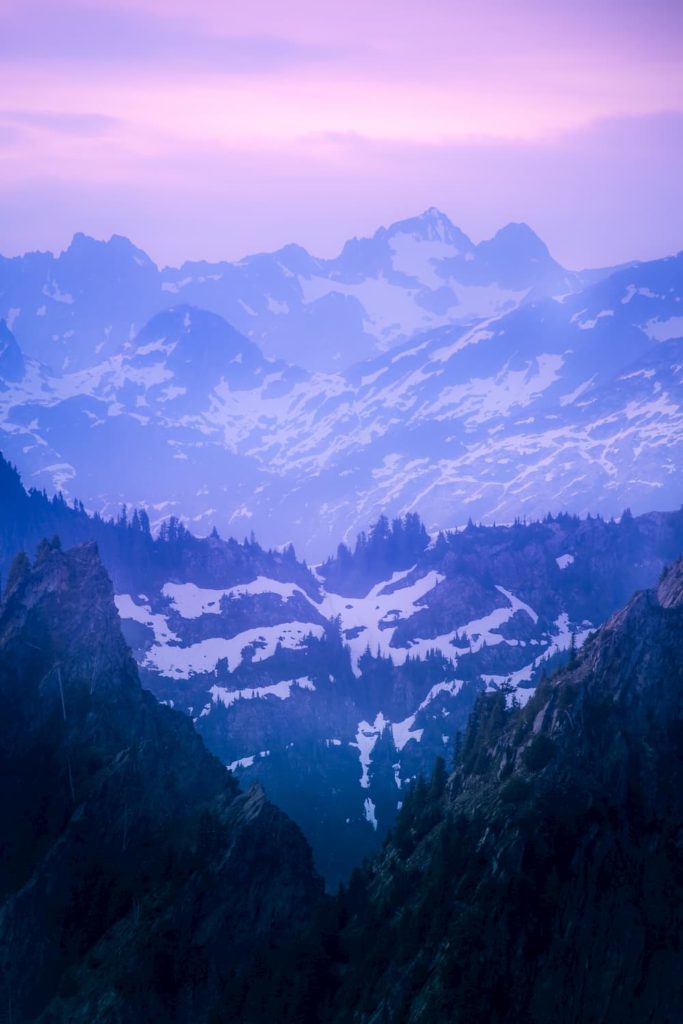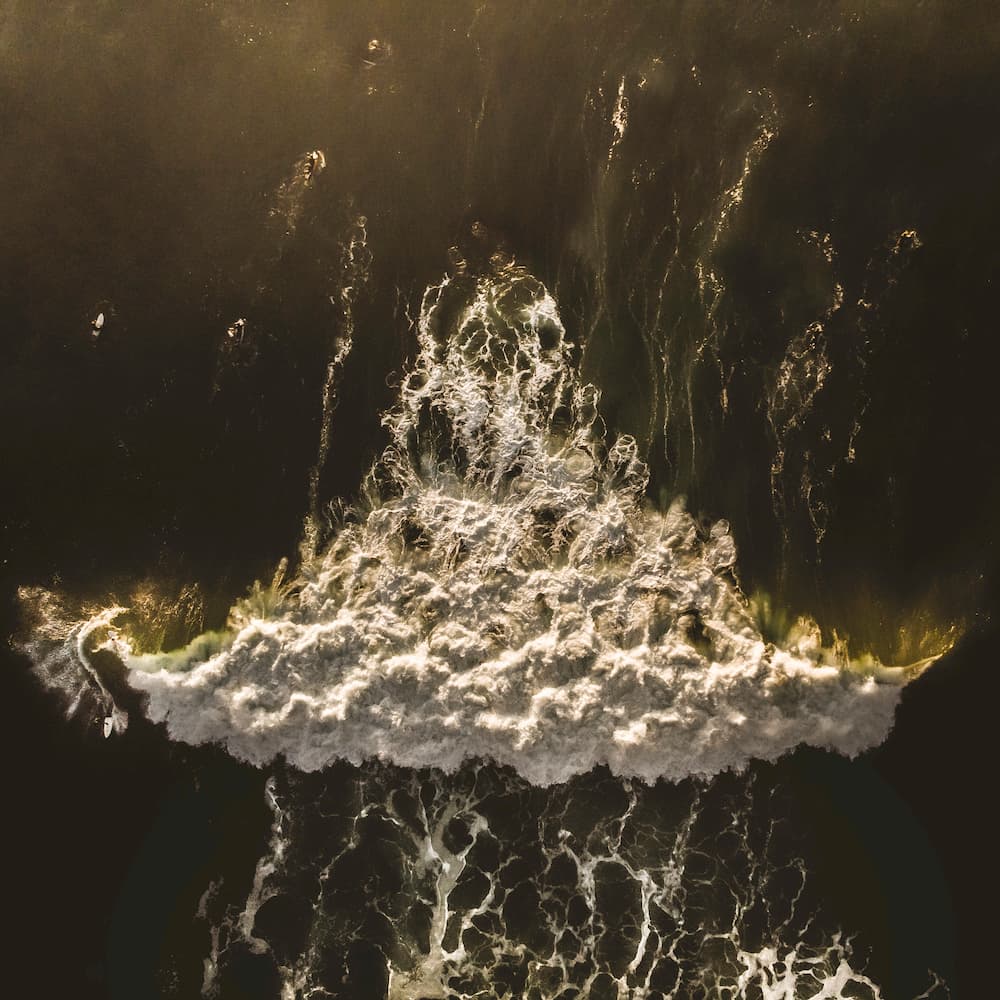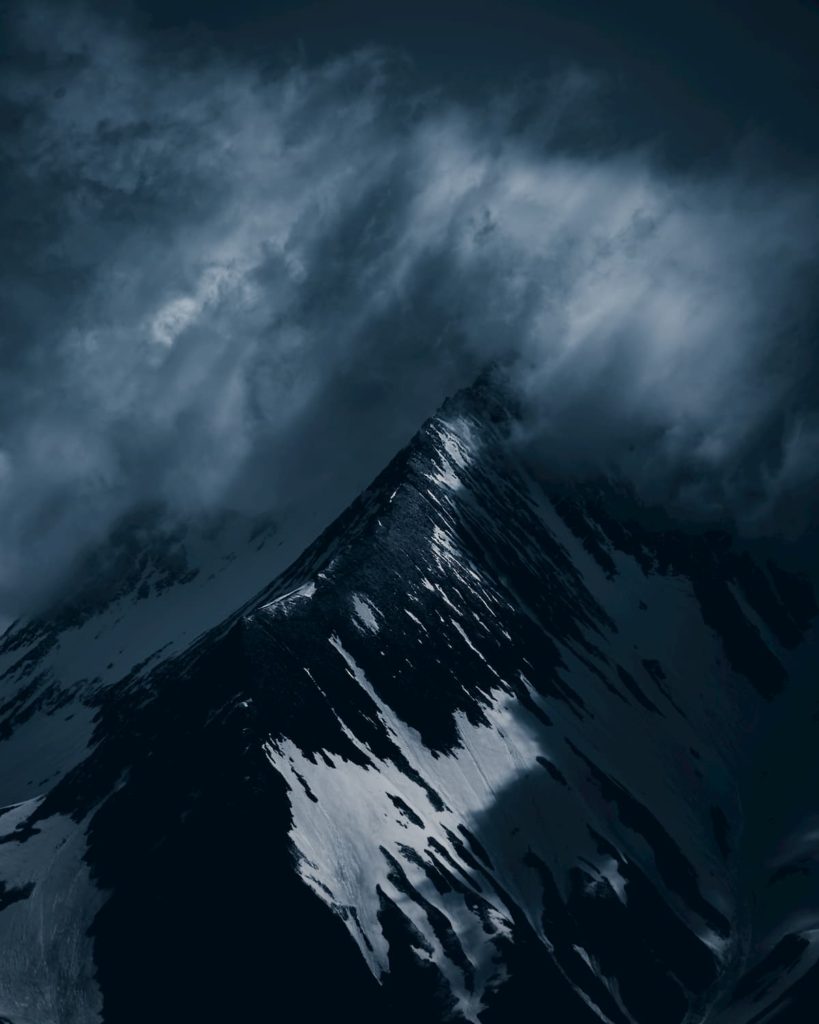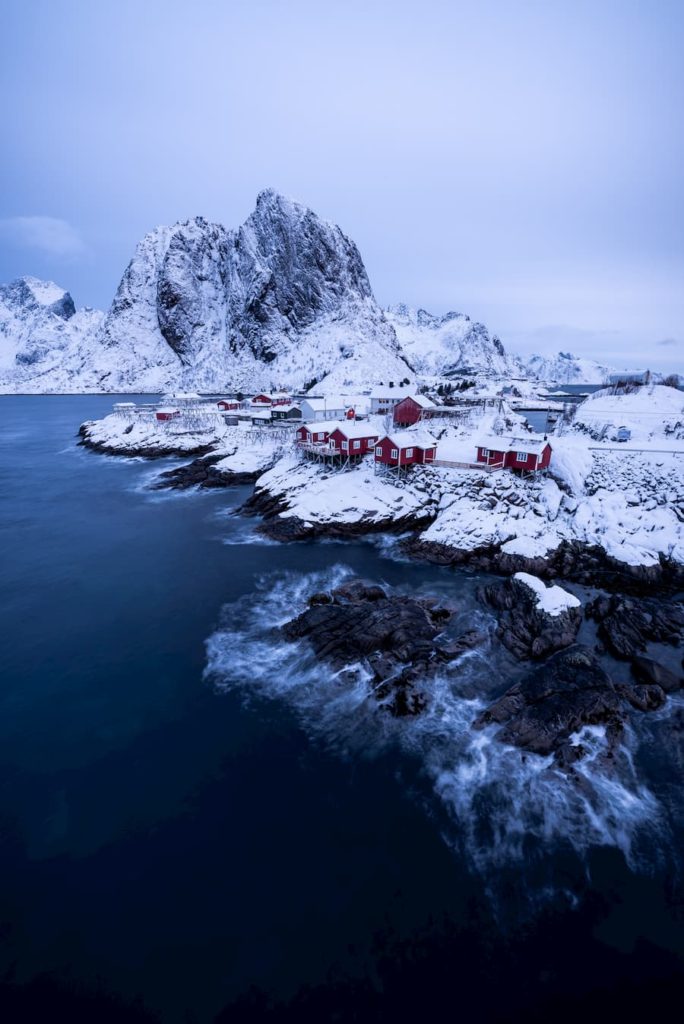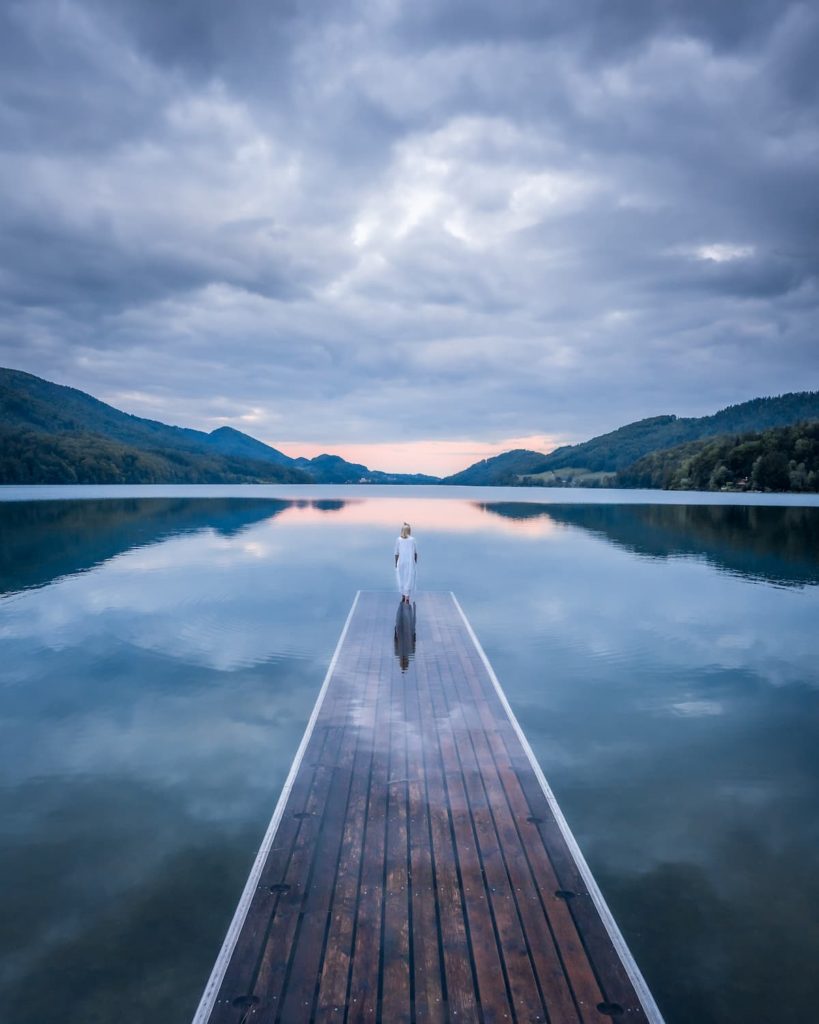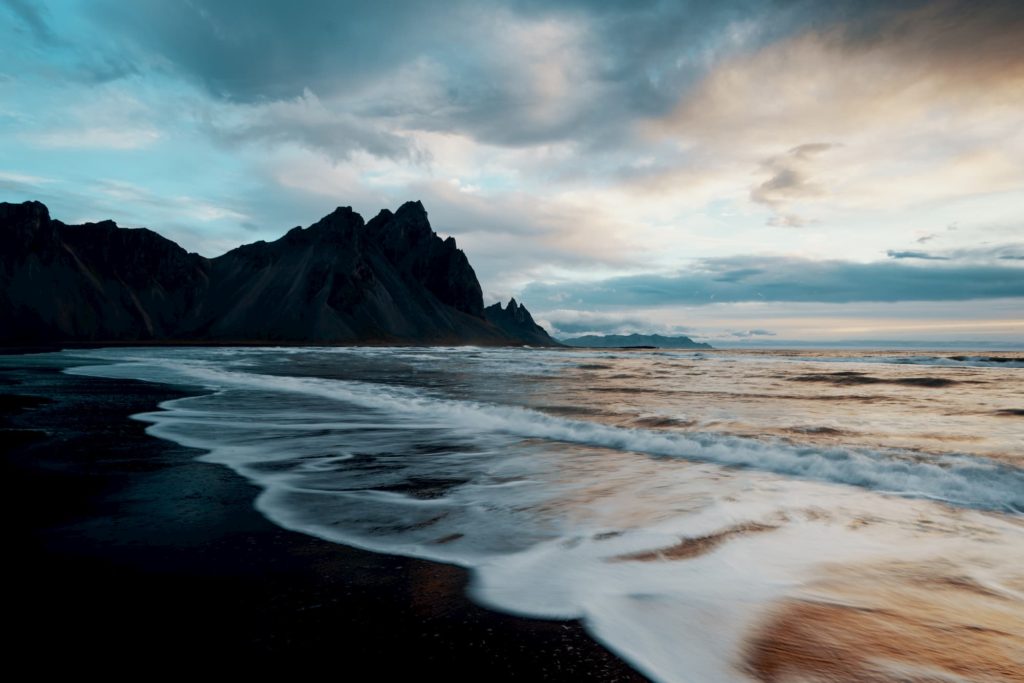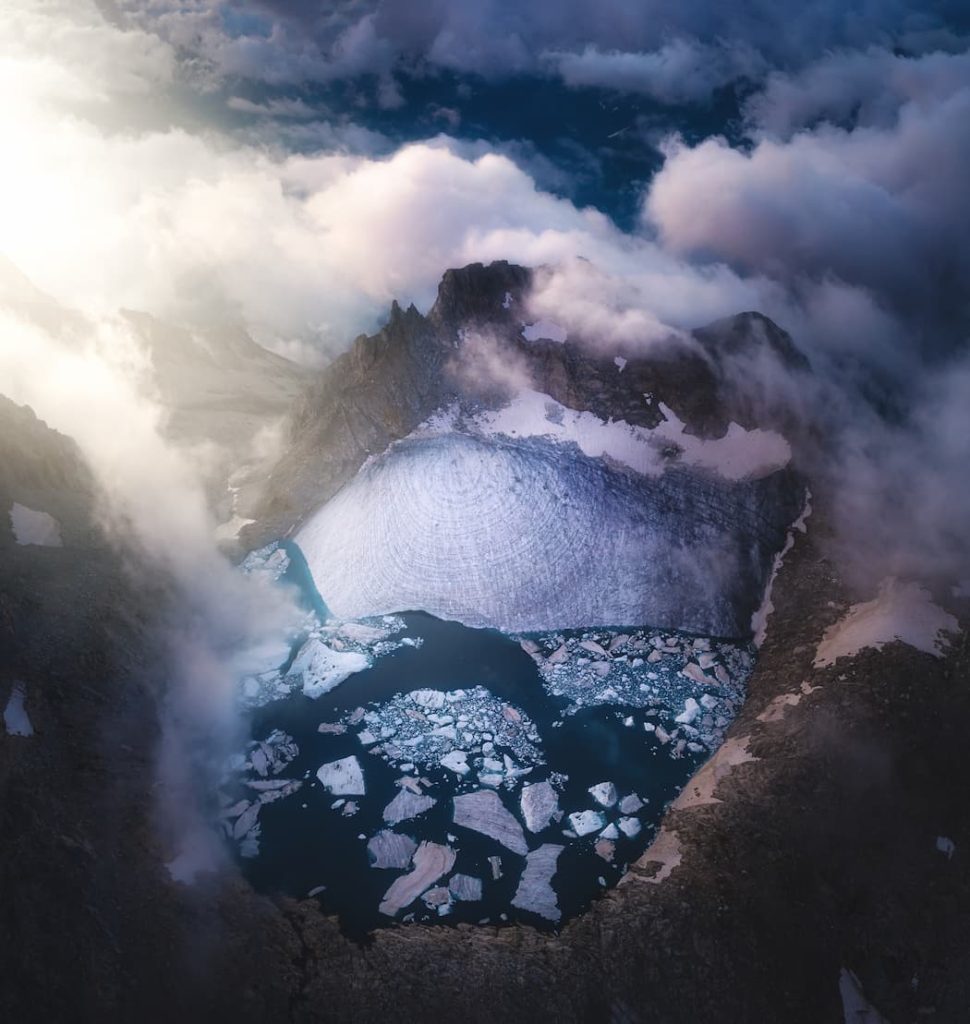
Freaksplace
@freaksplace_de
Landscape photographer based in Germany
I am Manuel, a 40 years old German photographer based in Rheinland-Pfalz. One of my greatest passions is to be in nature and let creative things arise, to make the hidden visible and to show you the world from other perspectives.
I was gripped by this passion when my wife gave me a camera for my wedding in 2016 to document our New York and Mexico wedding trip. At first I took a lot of photos in automatic mode. Black and white photography in particular was my style in the beginning. That changed when my mother-in-law gave me the right reading on the subject of photography for Christmas and I spent more time on social platforms where I received some inspirations in color. Through numerous online tutorials, I learned how to take photos properly in manual mode, I began to deal with the settings of my camera and had a lot of fun figuring out the right settings for each individual shot. My biggest role models from the start are Fabio Antenore, Max Rive and Daniel Kordan.
"Their way of conveying nature paired with surreal art inspires me again and again to go out, search for natural sceneries and create."
"My home region, the Palatinate Forest, is an absolute insider tip for landscape photographers."
Due to its unique weather conditions, one often experiences fog in the valleys in one of the largest contiguous forest areas in Germany from autumn to spring. High above the sea of fog, the view from around 140 rock massifs made of 250 million year old sandstone cliffs is simply magical. It makes me speechless, no matter how often I return to the same spots. Their bizarre shapes and the weather pines that often grow on them are particularly suitable for creating unique landscapes.
"You can also see many castles and rock towers sticking out next to the hilly landscapes, which are particularly suitable for the use of telephoto lenses."
Even at night there are often unique natural spectacles with a crystal clear starry sky and breathtaking hilly landscapes. Ideal conditions to be able to pursue my passion for star photography. However, it was during our trip to the Maldives that I became intrigued by astrophotography. I’d never seen such a dark starry sky. I thought to myself, you have to be able to capture it with the camera somehow! Unfortunately, I didn’t succeed at that time due to a lack of skills.
When I got home, I looked for workshops in my home area and got to know Martin, a photo friend who shares my passion for landscape and star photography. What fascinates me about astrophotography is the interplay between fact-based depth and attention to detail paired with creativity and art.
"It can make what is withheld from the human eye visible - I find that exciting and simply amazing."
Meanwhile, photography has become an important part of my work-life balance, it allows me to escape my everyday life. My wife and I both work for a large automotive supplier, so we are not flexible at all times, but that doesn’t impede my passion or my brand. The name “Freaksplace” was one of my nicknames before, because I always “overdid” my hobbies. Even then, being in nature was my greatest passion. As a teenager I was an avid cross country and downhill cyclist. The motto “Faster, Faster, until the thrill of speed overcomes the fear of death” from Hunter S. Thompson suited my youthful recklessness. So the nickname was part of my life and still reflects my photography today, but in a different light.
So my motto with the reference to photography changed into “We work in the dark – we do what we can – we give what we have. Our doubt is our passion, and our passion is our task. The rest is the madness of art” by Henry James. For me, “Freaksplace” represents freedom and no fear of the dizzying views of epic places – photography has no limits.
"My biggest challenge in my photography “career” so far was the step to deep-sky photography, this is where my development curve was the steepest."
Many of the points, such as the astromodifcation of my camera, which I performed myself in numerous hours, the tracking of the stars due to the rotation of the Earth and the use of narrow-band filters were the greatest game changers.
I would describe myself as an autodidact who can also learn and combine things quickly. So I adapted these things to wide-angle Milky Way photography in order to make our heavily light-polluted sky more visible. The numerous sky constellations that used to be the essential points of orientation for people are now unfortunately lost in our daily lives. I personally live in the country/suburb in a Bortle class 4-5 sky, from where you can only see a few stars, so I am always happy to drive to darker regions in the Palatinate Forest or into the mountains to see the true splendor of our starry sky.
Especially the requirements of deep-sky photography/astrophotography helped me to stand out from other talented photographers in our region. For me, deep-sky and astrophotography is the premier class because everything is demanded of the equipment and the photographer: The fight against light pollution, long exposure vs. hot pixels, ISO vs. statistical noise, readout noise of the sensor, vignetting of the lenses/telescopes, manual focusing and tracking of the stars as well as the separate exposure of foreground and sky area. You don’t find all of that combined and applied at the same time in daylight photography.
Recently distanced myself from the “ISO lie” for my workflow. People always ask me which ISO I use. And actually, I could always answer the same, ISO 100 or ISO 640, since these are both the native ISO settings of my camera, but only a few would understand. The fictitious ISO value on my camera is basically just an amplification that I use at most in the live view. I can also adjust the native ISO values afterwards in my image processing program, but I have better control on the camera than with an amplified RAW file. So I’d recommend to forget about ETTR Expose to the right, that’s a fairy tale.
"If you deal with the native ISO of your camera, you have one less variable that you have to worry about during the photography."
Last but not least, especially in night photography you have to have the final result in mind at the very beginning, because you photograph things that you cannot see directly and when you recognize it on the camera minutes later you may not have the time to adapt accordingly. Therefore, planning and a structured approach, as well as imagining the final image in your head, are the first step towards astrophotography.
"In my own photography, I really try to dedicate enough time to the latter: imagining the final image before starting. That helps me in my editing process."
There are e.g. different lighting moods that I try to photograph at sunrise. However, mother nature changes its facets every second during this period, which is usually very rarely captured with one picture. So I try to capture the best moments one after the other and combine them in one picture. Perhaps some may think the picture is surreal, but in my opinion it is true nature. Of course, you could capture a lot with long exposure, but here, the different moments captured over a short period of time result in fading lights. I am therefore a friend of so-called “timeblendings”, individual images that are superimposed and each of them brings out the best in the final image. At the same time, I also use the HDR function, as certain light situations have a higher dynamic range than the chip on my camera can process and I don’t want any detail to get lost. I blend many of these dynamics with so-called luminance masks.
I mainly use Photoshop, because from my point of view it is the most powerful tool with which one has the best control in editing. I’ve developed my own workflow from recording to editing. However, I learn something new with every picture. The following three pictures illustrate my way of working and the places I feel most connected to.
The first picture is called “Fogger”, it was the most spectacular morning so far on one of the most beautiful viewing platforms in the Palatinate Forest. You wouldn’t believe you are in Germany. Mother Nature showed herself in all her glory that morning. Light cloud structures that shone with an orange/red glow because of the first sun rays, the fog that moved like a river through the valley… This picture is from a series of HDR shots, which I photographed out of hand. Patrick, a very talented photographer from my group of photographers, conveyed the vastness and the special harmony between nature and people by posing in front of the camera.
The second picture is called “iSolate”. It was taken at a rather untypical time for photographers, the sun was strongly dulled by the cloud-covered sky and soft shadows were created. Since this picture is a well-known Instagram spot in the Berchtesgaden region, I was looking for new perspectives. The picture is from a series of HDR pictures, which I photographed out of hand with a polarizing filter. Here it became clear to me that you can not only capture fascinating moments at sunrise or sunset. For me this old wooden hut in the middle of mountains on a crystal clear lake, is an indescribable motive.
The third picture is called “Silent Night”. That evening the weather forecast reported a relatively clear sky paired with fog after sunset. In short, I agreed with my photo colleague Manoj, who is also the model here, in order to record this. The picture had been in my head for a long time, but until then the ideal conditions weren’t there. Since this is a very heavily light-polluted region and the center of the Milky Way had long since disappeared, we tried to get the most out of the picture with all the means available to us at that moment. “The Great Rift” stretches like a snake, then there’s the Milky Way in the sky and above you can see the constellation of the swan. It was a real adventure that I won’t forget anytime soon. This picture was taken on one of the numerous rocks in Germany, in my home region of the Palatinate Forest.
If you are standing on one of the numerous rock massifs in the Palatinate Forest above the fog shortly before sunrise, the feeling of freedom takes over. Humans have different senses: seeing, hearing, smelling, tasting and touching, which are always stimulated in nature. You can literally smell nature and slowly hear how life awakens and the birds are chirping. The play of light in the sun through its various layers of atmosphere, which are then reflected in the high clouds up to the first rays of the sun that you can feel on your skin, is indescribable. These hidden beauties are usually only visible for a fraction of minutes or seconds.
"I want to hold on to what I have experienced and capture with my photography the unforgettable moments for it to last."
In order to find the hidden, you need a lot of planning and of course a portion of luck to catch Mother Nature in all its glory. In night photography, my astro modified camera helps me a lot. By modifying the H-alpha range or using a narrow band filter, many nebulae and structures can be seen much better than with a standard camera. This modification allows you to immerse yourself in a magical world that cannot be seen with the naked eye, but is still a real part of our universe.
I am giving workshops where I mainly focus on astrophotography. It basically covers the interplay between equipment and nature. Those who learn to dominate that at night photography, can also cope with difficult lighting situations in daylight photography. In order to adapt to each participant individually, I have focused on one-to-one coaching on site. Everyone has made their own learning progress so far and I would like to build further on that. There are amateurs, with whom I start at the very beginning, or there are advanced, where I can go straight into the depths. This also applies to my online Photoshop coaching. Here, it is equally important where to start, because the program is extremely powerful and many paths lead to the goal. It is key to me to clarify the entry point in advance in order to get a feeling for what the goal is or where the focus should be. I try to enable the participants to engage in tailor-made workshops that give them personal value for their investment.
In my workshops I also try to teach the lessons that I learned myself along the way. In particular, there are four tips that I would have given my younger self with the knowledge that I have now, that I always share in the participants in the workshops:
1) Get busy with your equipment and if you think you are deep enough, go deeper:
Learn to operate your camera in the dark, especially at night, this is an important part of not losing your adaptation to the dark. Forget the ISO lie, check your native ISO on your camera and take pictures with it, it’s a variable that you don’t have to concentrate on so much. With astro cameras this is not called ISO, but GAIN, this would also work better with many modern cameras, but from my point of view this was more of an advertising strategy for companies to switch from analog to digital photography. Turn off all digital aids in your menu; if you expose for two minutes and you have to wait another two minutes until your camera has calculated the noise reduction, you lose valuable time.
2) Forget the number of times your camera was released, "don‘t care about your shutter":
Go out and practice in manual mode, even during the day when the light changes due to the cloud structures. You need to get a feel for which settings are the right ones at every moment. Compare it to driving a car, do you only look at the speedometer or rather at the road and have a feeling of how fast you are going? Histogram and Native ISO are guide values that have to be second nature to you. Also learn manual HDR, it will make image editing a lot easier for you so that you can concentrate on the essentials of capturing the right moments.
3) Get to know your surroundings, go outside and scout locations:
There are many hidden treasures around you. Get to know them in advance so that you have time at the very instant for what is important; to enjoy nature and to capture it. Also think about your image structure in advance. What do you want to express or convey with the picture? Look for lines to guide your gaze, or unique constellations.
4) Deal with the weather, the seasons and constellations:
How does fog arise, why and when do clouds light up at sunrise/sunset, when do I see the Milky Way or when is it where, when are there moon-free nights, etc. Planning is about 30% of your photography. To do this, create a table with all the information so that you know immediately where you will go tomorrow. Finding like-minded people who share this passion with you to get up at night to grow together is very stimulating and advantageous here and often leads to more success.
To conclude, even though photography is not my full-time activity, it fulfills me profoundly. All these beautiful moments outdoors that are stored within me, give me strength in my everyday life to reset my own focus again or just to escape for a moment. Photography is my work-life balance, and can transport me to a place of calm in uncomfortable situations by closing my eyes. And there’s nothing more gratifying than being able to share this with others and give them the opportunity to do the same, whether it’s the creation of the image or merely the enjoyment of the result.
Would you like content like this sent to your inbox?
NOMADICT
ART GALLERY
THE LATEST STORIES
WRITEN WITH PASSION TO INSPIRE YOU

Photo tour in Azores, Portugal
Join us in the Azores for a unique photo tour, where you’ll elevate your creative skills with expert guidance from Ronald Soethje, Bruno Ázera, and Nomadict.

Forest Kai (@forest1kai): Photographer based in the US
In this article, Forest shares how years of chasing scale, silence, and raw landscapes shaped his approach to photography, from the deserts of Kazakhstan to the volcanic ridges of Iceland. He talks about how he uses light, texture, and vast negative space to create images that feel both intimate and overwhelming.

Simon Hechtbauer (@roamwithsimon): Best of the Week 32 at #nomadict
Simon shares the journey behind his photography, from early inspirations to field techniques, editing, and the story of the winning shot that shaped his path.

Miroslav Maršík (@miromarsik): Photographer based in Czech Republic
In this article, Miro shares how his love for cinematic music evolved into a deep passion for photography and how he uses light, color, and atmosphere to turn the streets of Prague into living film scenes.

Aurora photography panorama workflow: A guide to camera settings, editing, and color
In this article, Stefanie reveals how her background in physics sparked her passion for astrophotography and how she blends science with creativity to capture the beauty of the night sky. Readers will discover her approach to color, contrast, and editing, as well as her aurora photography workflow.

Yhabril (@yhabril): Best of the Week 33 at #nomadict
Spanish photographer Yhabril captures the profound connection between humans and the mountains that shaped him. Growing up in the Pyrenees, his work bridges outdoor sports, landscapes, and celestial scenes — often blending athletes, moonlight, and wilderness into striking visual stories.

Ariane Totzke (@besondersschwierig): Photographer based in Switzerland
In this article, Ariane shares how photography helped her navigate personal challenges, connect authentically with people and animals, and develop a philosophy rooted in empathy and artistic freedom. Readers will also discover her ethical approach to wildlife photography and her trusted equipment for both camouflage techniques and cameras.
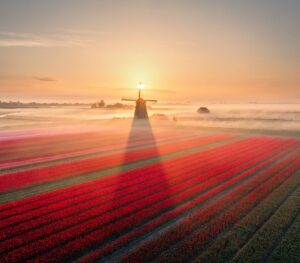
How to photograph Dutch tulip fields: A guide to light, gear, composition, and colors
Discover how to photograph Dutch tulip fields in their most magical light. From choosing the right gear and lenses to mastering composition, color, and aerial perspectives, this guide shares creative techniques to capture the beauty of the Netherlands’ tulips. Learn how light, color grading, and proportion bring emotion into every frame.

